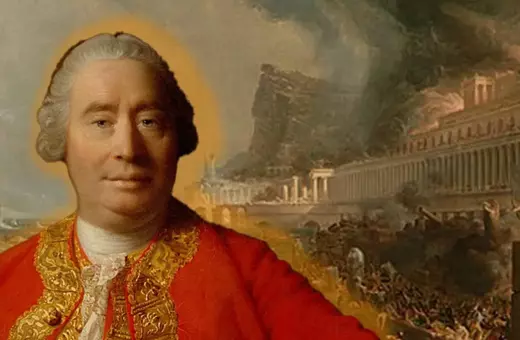Shinto shrine gates (torii) are ubiquitous in western representations of natural Japan. Have we ever wondered why we are fascinated by these images – because of the beauty of this ancient architecture? The natural scenery where they are located? Or are we indeed fascinated by a sense of mystery, the harmony that forms between these human constructions with nature?
Western philosophy has broadly taken up a Hegelian view, which conceives religion as progression away from nature worship and polytheism towards monotheism and ultimately secularism as a society develops. Central to this is an assumption that nature worship and modernisation are in opposite positions and the former must be abandoned to achieve the latter. Modern technological society indeed seems to have distanced us from nature with its apparent control over natural forces. Nature, according to Martin Heidegger in “The Question Concerning Technology”, is taken as resources and evaluated in terms of human utility. However, environmental issues in recent years have made us realise that nature is not backward or merely to be utilised – it is crucial to the sustainable development of a modern society. This calls for us to review the way we live, how we should see nature and our responsibility to it.
___
"In contrast to Greek polytheism, Shinto is not centred on a fixed pantheon of gods."
___
Shinto (as Folk-Shinto in this article) is the very religion these torii embody. With its ancient origin, its belief in the myriads of gods and practices in relation to nature, it fits well in the western preconception to be dismissed as primitive. However, Shinto continues to occupy the centre part of spiritual life in the highly modernised society of Japan. Shinto holds that nature has a sense of power and presence that is inescapable and beyond human control or understanding, but sensible in our encounters with it. Its respect to the mystery of nature thus presents to us an alternative way of treating our relationship with nature.
The Spiritual Power of Nature
Abrahamic religions generally believe in a supreme being or a first cause standing over and above the natural world. In contrast, Shinto does not believe in such transcendental beings. Also in contrast to Greek polytheism, Shinto is not centred on a fixed pantheon of gods. The Kojiki, which is one of the bases of Shinto beliefs and rituals, is an eighth-century collection of ancient myths and legends. According to the Kojiki, there are “eight myriads” of (i.e. countless) kami (generally translated as gods or deities) in the world. Shinto worship also lacks physical representations of the kami: some kami, such as Amaterasu-ōmikami (the sun and queen of the kami), are presented as anthropomorphic, but many others do not have a human form.
Indeed, Shinto kami are not realities separate from the natural world of space and time; they are part of nature. In essence, Shinto is a sense of nature, or a way of seeing nature, which acknowledges the spiritual power of natural entities – tama. This spiritual power is not dualistically separate from matter. A tree, a mountain or a river – i.e. nature itself – embodies this spiritual power. Hence, these very natural entities are seen as sacred in Shinto.
___
"The experience of the sacred of nature in Shinto can be understood through encounters with animals such as foxes."
___





















Join the conversation